Intro
The province of Nova Scotia, shaped roughly like a three-pea peapod, dangles out in the North Atlantic, barely attached to Canada’s eastern seaboard. Its northern lobe, Cape Breton Island, is roped off from the sea by a shore-hugging highway. (This means if you miss your stop, just keep driving—you’ll get a second chance a day or two later.) At one point though, about 12 miles from the northern tip of the island, the highway cheats inland for a spell, sloughing off a good-sized wedge of province, free of tourists. This point, my left turn, leads to the tiny village of Bay St. Lawrence.
I moseyed down a gently winding lane, passing first through dark forests strobing flashes of sea, then open pastures bordered by low blue mountains. After about 10 miles I screeched to a halt on a jetty, a couple feet short of the wide open sea.
I seemed to have misplaced the town. On the other hand, I did discover Theresa.
I first met Theresa in 2011. She was among a tableful of late middle-aged women singing sea shanties in a log cabin bar. They were all fishers and all widows, from the nearby village of Bay St. Lawrence. We exchanged phone numbers, theirs carefully inked on a bar napkin, in case I returned someday to film a portrait of their lives.
That day arrived five years later—and for no apparent reason—when a sea shanty dropped into my brain. I took it as a sign, scrounged up my bar napkin, called Theresa, the second name on the list, and headed back north.
Here are excerpts from my long-form essay recounting one month filming with Theresa and her family.
Part 1
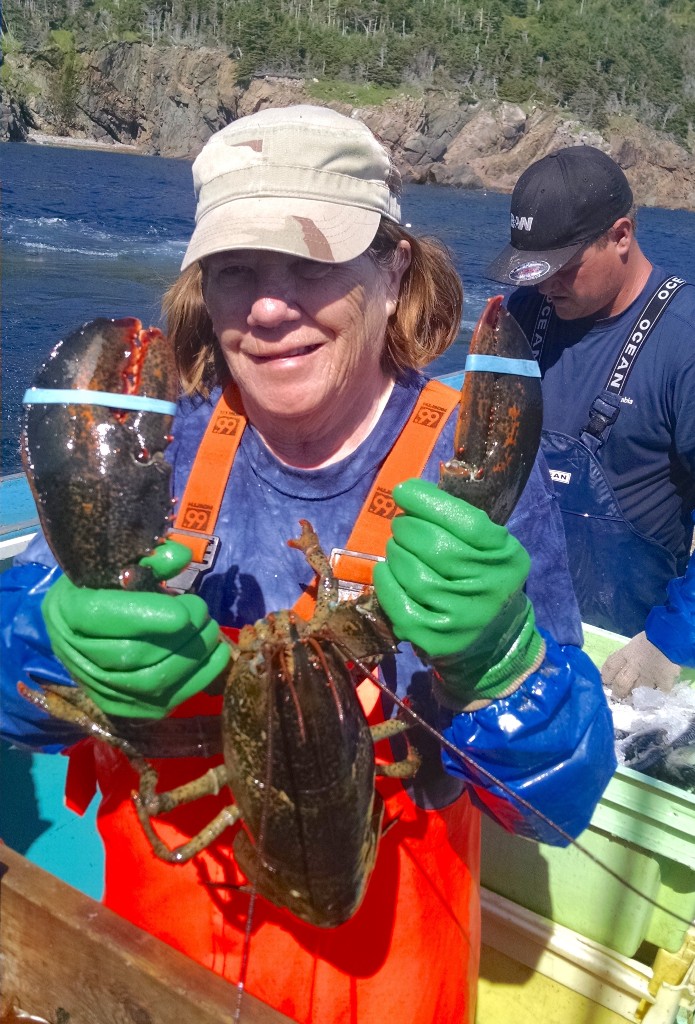
Bay St. Lawrence, I learned eventually, is not a here, a pulsing hive of habitats and commerce; the town name refers instead to a thin dusting of modest homes strung along the last one-mile stretch of road before the sea begins. And Theresa’s directions, “Oh, you can’t miss it,” did not include an address. This sent me up and down the road, dipping furtively into, then quickly out of, several wrong driveways before finding her home, a one-story shiplap vinyl ranch. Bright annuals guarded the front door—the one you’re not supposed to use as I discovered when hailed from the side door.
“Hello, how are you? Come on in.”
Theresa was matter-of-fact, as if she routinely entertains strangers she met in bars five years ago. But I was unnerved suddenly, feeling my insides shift, as I walked into the private, intimate space of someone I knew not at all. I asked Theresa if this was a good time, or maybe I was interrupting her Sunday nap?
“No, I have time. Come on in.”
We shuffled into her light-flooded kitchen—spacious and clean with a tiled floor, flowered wainscoting, French doors framing the meadows and mountains beyond.
She continued, “Can’t sleep anyway, ever since I lost my son.”
This, before I’d taken off my jacket.
Then she said, “I lost my stepson, too. We didn’t know how to deal with the first one, but we learned. Even though you never really do. But, never mind. So what do you want to know?”
We sat down at her kitchen table. I had no idea, now, what I wanted to know. I had come here to find out about fishing widows, not fishing mothers having endured the massive loss of their children. Theresa sensed my hesitation.
“OK, you want to know all about how we fish. Well, I can tell you that.”
Margaret Fraser, Theresa’s younger sister by a couple years, joined us. She was warm, softly contoured, the quintessential grandmother, and a little shy. The three of us bantered for an hour or so and within short order I learned that they’re of the Buchanan, MacLellan and MacKinnon clans; they have 13 siblings with Theresa and Margaret positioned, respectively, at numbers five and six, and they have some 250 cousins (though no one knows the exact number). They grew up poor but now operate multimillion-dollar fishing businesses.
Theresa: “So. Peter MacKinnon—our grandfather, you know—well, his sister was my husband, Robert’s, great grandmother. Do you see?”
I said, “Ah, not quite.”
Margaret continued, “And, Peter—who, by the way, lived to be 101—had three daughters from his second marriage, one of them being our mother, Marcella. And each of those daughters had 15 to 18 children, which accounts for 51 grandchildren right there. Add those to Peter’s 11 children from his first marriage, and each of them had double-digit families, and that’s how you arrive at 250 or so grandchildren. Do you follow?”
“Sort of,” I said.
We moved on to the fishing industry. Theresa and Margaret carefully explained, with doodlings and figures, recent annual lobster and crab yields, net versus gross figures, quotas, license transactions. A hundred thousand here, a couple million there; the numbers dissolved into incomprehensible ink marks. I felt the conversation waning so I stood up, gathering my belongings.
Then Theresa said, “The other thing is that a lot of men around here seem to die.”
I sat back down, making a weak stab at commiseration, “Well, I can only imagine. I mean, the fishing business is one of the most dangerous jobs in the world…”
Theresa looked up sharply, barked, “Nobody in our family has died from fishing, are you crazy? We don’t fish in storms, it’s way too fucking dangerous. The men here die of cancer mostly, or heart disease. They’re not healthy here.”
Theresa and Margaret’s fishing licenses account for the bulk of their multimillion-dollar businesses. Their crab licenses alone are worth $80,000 each—and Theresa owns 16. Fishing alone—for halibut, lobster and snow crab combined—generates about $480,000 a year. They could quit today, buy second homes down south, and spend their winters staring at the back nine.
But Margaret and Theresa have little interest in wealth for wealth’s sake. On the rare occasions they spend freely, it is most likely to help out a cousin or two with extra traps or bait. They take one major trip each year (having been, so far, to Cuba, Mexico, China, Italy, Scotland, Ireland and France) but their day-to-day activities cost almost nothing: quilting, berry-picking, hiking during the shoulder seasons and cross-country skiing in the winters. In the evenings, they play card games up at the community center, a different game for each night of the week, and periodically (fortunately for me) venture out of town to find a log cabin bar for feisty songfests.
Other than picking berries, there is little about their present-day lives the sisters could have foreseen when growing up. Back in the ’50s and ’60s, Theresa and Margaret’s family of 17 had almost nothing—no electricity, no indoor plumbing, no toilet paper (just the Eaton’s Catalogue).
Theresa said, “Milk the cows in the morning, go to school, dig potatoes when we got home.”
The girls, often with a child or two on the hip, did most of the work, including the harvesting. Mother staggered meal times, with the boys going first. They ate mostly boiled food for dinner since it was impossible to fry food in batches for a family that size.
“We were poor all right,” Margaret recalled. “We just didn’t know it.”
The early morning of June 4, 1996 proved to be a seminal moment in family lore. Ten children were home asleep; their father was out fishing, their mother was three hours away in Sydney giving birth to her 15th child. In the predawn darkness, Theresa, then 14 years old, smelled smoke. She discovered a fire on the ground floor, eased her younger sister Margaret out of the second floor window, then tossed each of her remaining siblings into Margaret’s waiting arms. All 10 children stood together on the front lawn and watched their home burn to the ground.
Decades later, Theresa has emerged as the de facto boss of the family; some would also say of Bay St. Lawrence itself. It could be that her heroic efforts saving her siblings nudged her toward self-awareness, and an inner confidence leading to her eventual role as the family caretaker. But Theresa told me she didn’t recognize her own strength until she turned 58, after her husband Robert died. It was the first time she placed personhood on the top rung of her identity ladder.
“Now,” she said, “I’m an individual. After that, I’m a mother, then a fisher, then a sister. But first, I am me.”




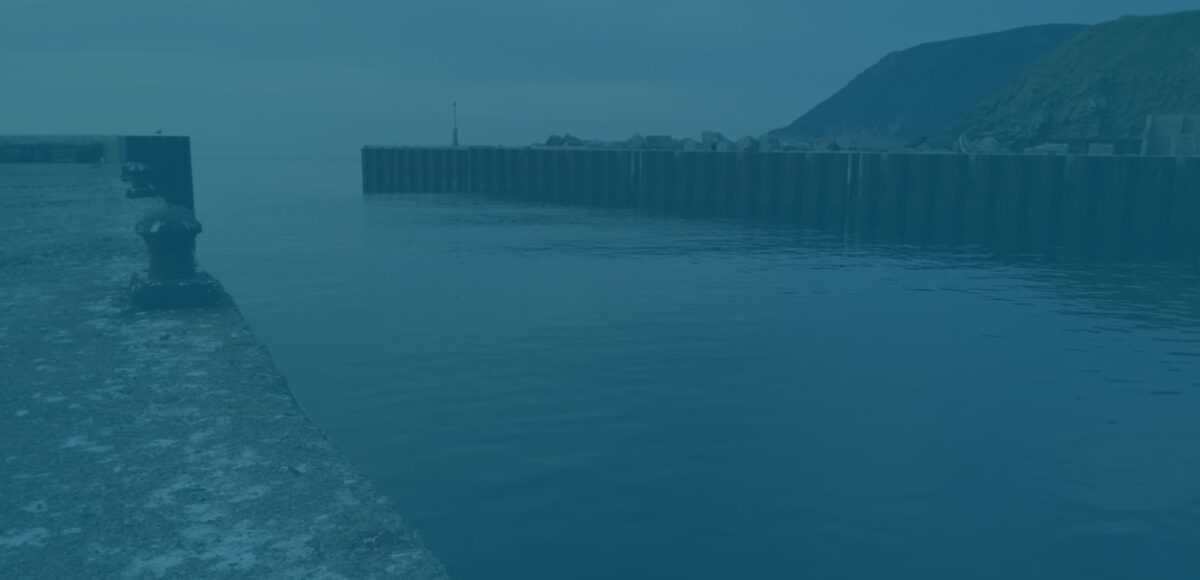
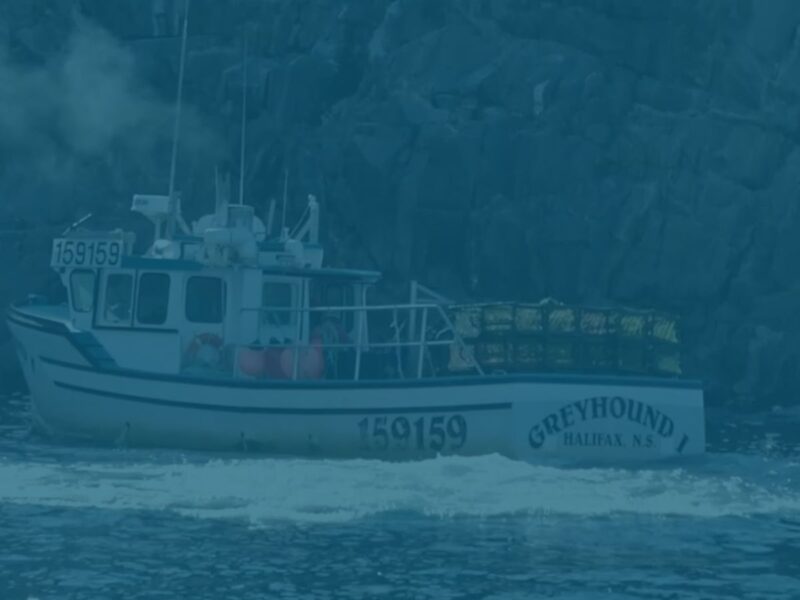
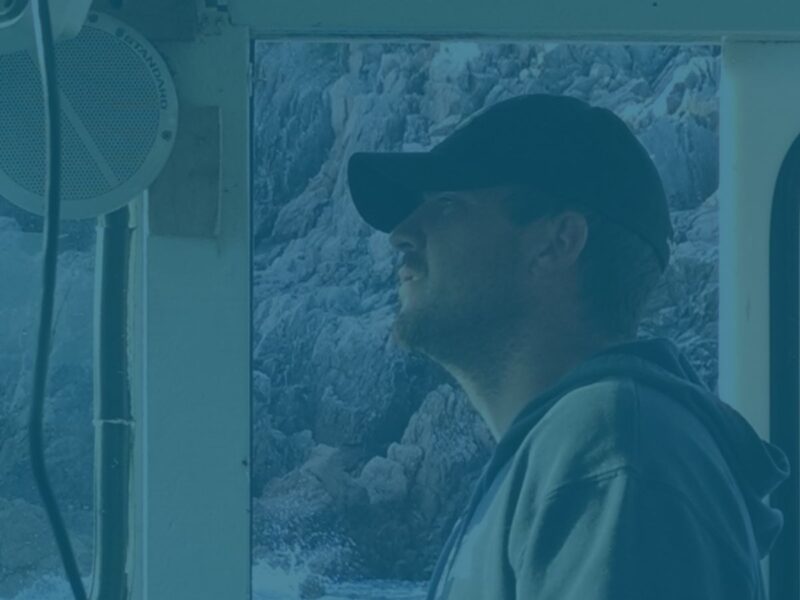
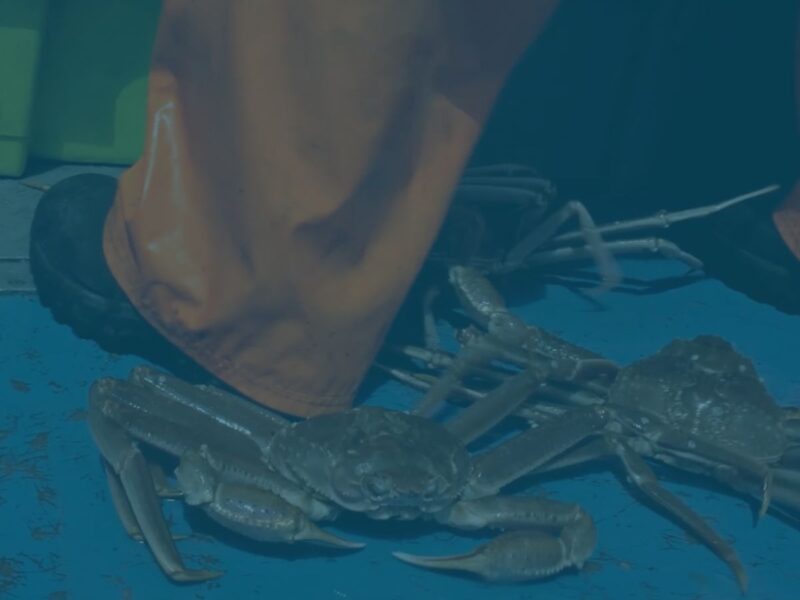
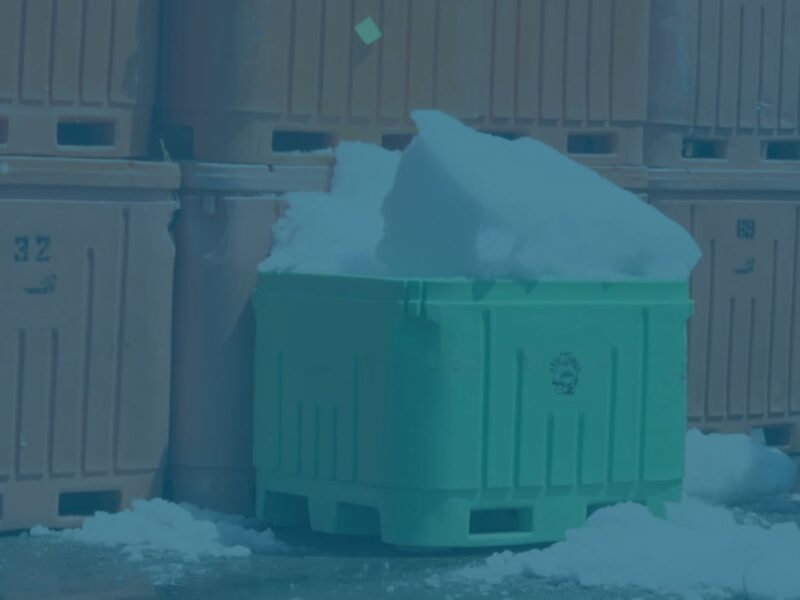
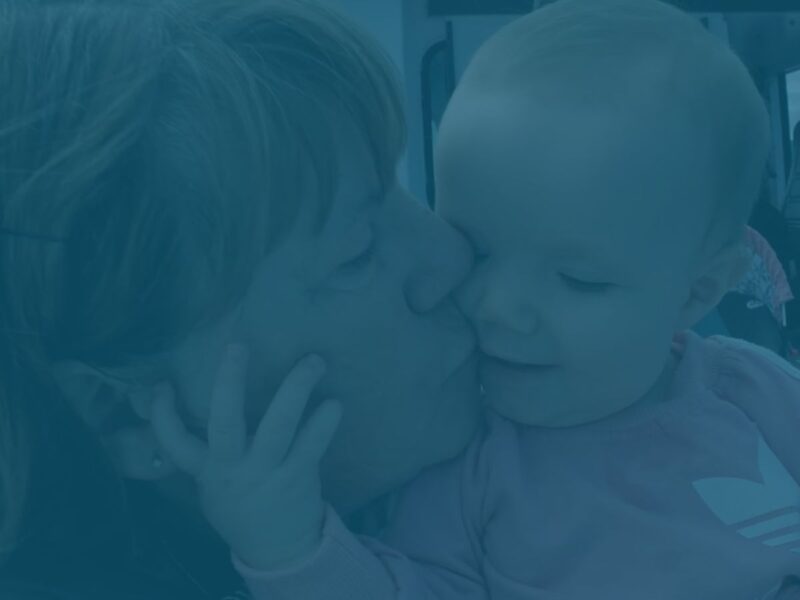

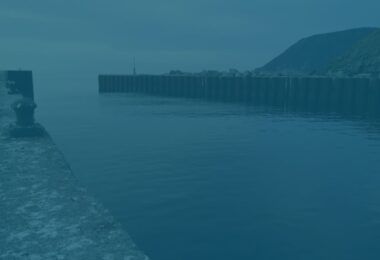
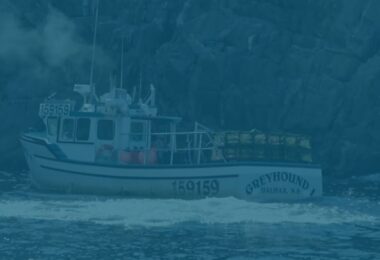
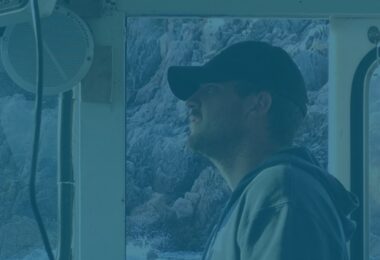
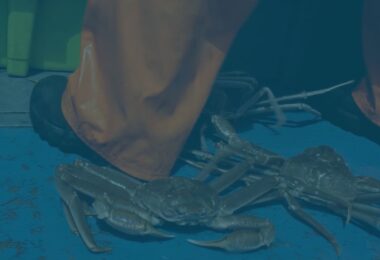
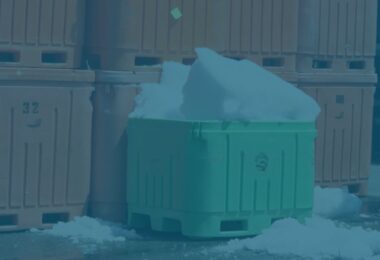
No comments